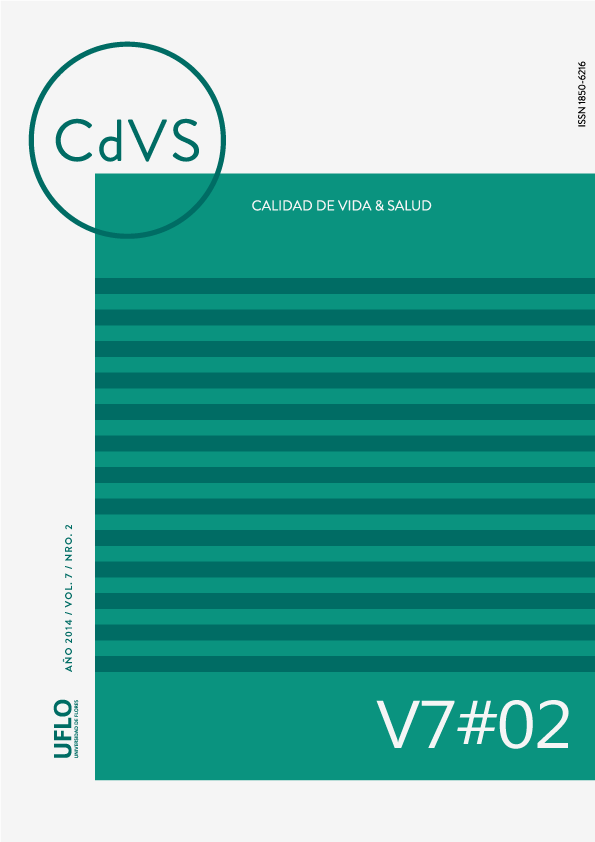Hostigamiento escolar: escenario del maltrato, comunicación del problema por el hostigado y actitud hacia la conducta hostil del hostigador
Abstract
El objetivo de este artículo fue realizar un relevamiento y análisis de diferentes aspectos relacionados con el hostigamiento escolar. En primer lugar se analizaron las características del escenario o espacio físico donde se produce el hostigamiento. En segundo lugar, se relevó el tipo de comunicación sobre el hostigamiento por parte del hostigado, tanto a amigos, familiares, docentes y adultos en el colegio. En tercer lugar se evaluó la actitud de parte del sistema hacia el hostigador, ya sea no actuando sobre el mismo (sin decirle nada), censurándolo o avalándolo. Participaron del estudio 966 estudiantes con un rango etario de 11 a 13 años y de ambos sexos, de nueve centros educativos de gestión pública y privada. Los resultados indicaron que el fenómeno se produce en espacios donde el profesorado no está presente, que el hostigamiento es entre pares y que no hay diferencias de edades para que se produzca el fenómeno y que existen porcentajes significativos donde no se censura e incluso avala el hostigamiento.Published
How to Cite
Issue
Section
The authors who publish in this journal accept the following conditions:
1. The authors retain the copyright and assign to the journal the right to first publication, with the work registered under the Creative Commons Attribution license, which allows third parties to use what has been published as long as they mention the authorship of the work and the first publication in this journal.
2. Authors may make other independent and additional contractual agreements for non-exclusive distribution of the version of the article published in this journal (e.g., inclusion in an institutional repository or publication in a book) provided that they clearly indicate that the work was first published in this journal.
3. Authors are permitted and encouraged to publish their work on the Internet (e.g., on institutional or personal pages) before and during the review and publication process, as this may lead to productive exchanges and greater and faster dissemination of published work (see The Effect of Open Access).









